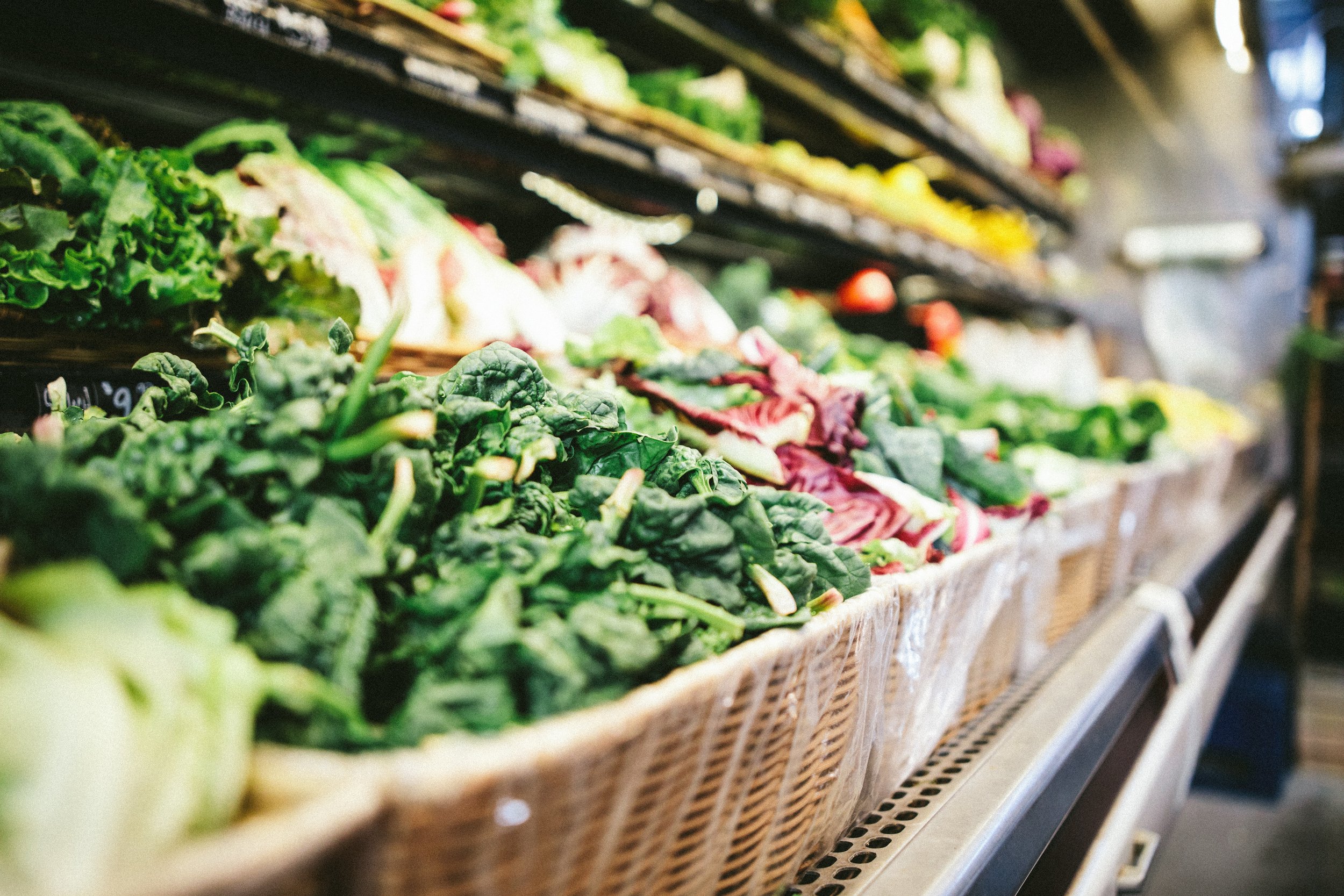How to lead a low food waste lifestyle
Food waste is a major crisis faced in today’s world. Here are some sobering facts that we have gathered to put into context:
Almost one third of all the food produced is lost or wasted annually before it can be consumed,
17% of total food is wasted at a consumer level (equivalent to 1 billion tons wasted a year),
Production (water, land & energy), transportation and decomposition of the food together contribute to 8% of the world’s GHG emissions,
Around 3,600 tons of food is thrown away every DAY in Hong Kong, and most of it ends up in landfill.
But what does food waste actually mean? Food waste is not as linearly defined because of the wide variety of sources it stems from: unsold food from local markets/retail outlets, plate waste from restaurants, prepared and packaged edible food that goes uneaten, food scraps from restaurants/homes, by-products of food, volatile harvests, “non-uniform“ produce etc. The list can go on. On top of that, the answer to such issue is not as simple as “finish what’s on your plate”.
From a food production standpoint, the complexity of such a problem is because it involves multiple industries (agriculture, transportation, food & beverage…). Rendering food waste more challenging and difficult to find multilateral solutions across its supply chain. From a consumer standpoint, a lack of education on the impacts of food waste prohibit better and more conscious behaviour. These are just 2 examples. The food waste crisis is so widespread that it is even highlighted in 3 of the United Nations Sustainable Development Goals (#2 - 'Zero Hunger', #12 - 'Responsible Consumption and Production', #13 - 'Climate Action’). In terms of sustainability, it has an impact on the society, the environment and the economy.
So, how are we meant to solve this? The first realisation to make is that we can all play a contributive role, no matter how big or small. We are going to share with you on today’s #TuesdayTips, how to lead a low food waste lifestyle.
Buy only what you need - avoid impulse buys, plan your meals and save money
It is easy to buy more than you need. There's the excitement of seeing new produce in your supermarket or buying things you don't necessarily need because you were feeling peckish at the time. Let's be honest, it's a dangerous game walking into the shops when you're hungry!
Although buying in bulk can be more convenient, it can actually lead to more food waste. Instead, make more frequent trips to the grocery store and/or ensure you use up all of your food before your next food shop. One of the most effective things we do at CHOMP is to make a list of ingredients you need to buy, and stick to it. Say goodbye to impulse purchases and hello saving money!
Pick the “ugly" fruits and vegetables
Think of this as a looks vs personality debate. It's not about what they look like on the outside, it's what is inside that matters! Though the appearance may seem unusual, the taste (personality) is more important. Whatever shape, colour or size the fruit or vegetable come in, the same great flavours are promised.
Store your fresh products wisely; use airtight containers, keep in fridge or freezer
Tupperwares or other forms of reusable food storage containers are your new best friends. Make sure to use airtight/well sealed containers to keep your fresh products, or even your leftover food for longer. You might even want to consider freezing your foods to prolong the life of your produce.
Understand food labels properly: "best before" vs "use-by" dates
Do not be fooled by “best before” and “use-by” dates. Both actually have two very different meaning. When selecting your products, make sure to identify what the label reads. “Best before” is a recommendation on when the food should be consumed, but is still safe to have even after the printed date. Of course, don’t wait too long to eat it but it is good to know that you don't have to throw it out right away. "Use-by” date is a health and safety guideline to consume the perishable product before the stated date. Consumers should follow this one more closely as this can cause food poisoning otherwise.
Adopt a healthier, more sustainable diet; plant-based and/or reduce red meat, dairy and fish consumption
A low food waste lifestyle means reducing your food waste from your consumption behaviour. However, it can also mean contributing to reducing your own carbon emissions by leading a more sustainable diet. Opt for meatless Mondays for example, or augment your fruit and vegetable intake instead of red meat. Prioritising a plant-based diet can not only make you healthier, but it can also make the planet healthier too.
Love your leftovers! Learn how to reuse it into other meals or freeze it for later
Be creative with this one. Your leftovers don't always have to mean eating the same meal twice. You can reinvent the dish into a new one by adding other ingredients to it. Follow our Instagram page to view a variety of recipes we have shared with reusing your leftovers.
Bring a Tupperware when dining out for takeaway food (reducing food waste & plastic!)
Consider bringing a Tupperware with you when you dine out. Check out these foldable lunchboxes you can buy if you don't want to carry a bulky box with you. Not only are you reducing food waste, but you are also contributing to no plastic use.
RESPECT FOOD
Last but not least. Respect the food that you buy. Appreciate the produce and what it took to grow it!



